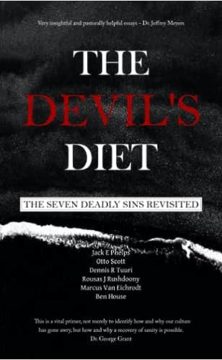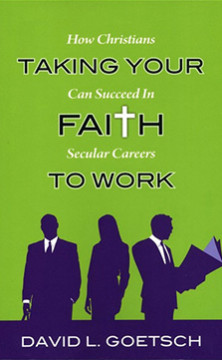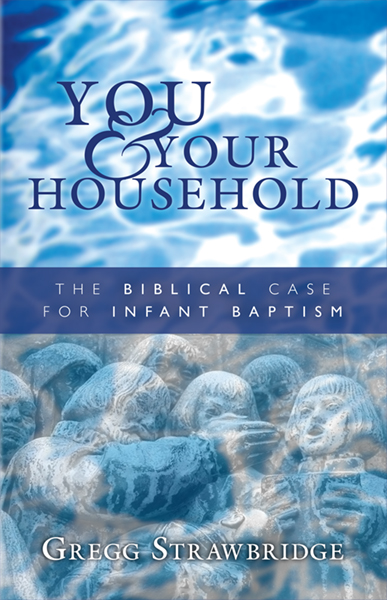Guest post by Rev Sam Murrell
The liturgical season of Lent begins on Ash Wednesday and continues for forty days (not counting Sundays) up until Easter. It has traditionally been regarded as a time of reflection, introspection and personal renewal culminating in the celebration of the resurrection at Easter. By observing the forty days of Lent, Christians (in some sense) replicate Jesus’ time in the desert for forty days before He began His ministry. The Lenten season is a time to open our hearts to God’s sanctifying grace through the use of prayer, confession of sin, fasting, and alms-giving (Matthew 6:1-10).
Lent is one of my favorite times of the year because it forces me to take a close look at myself and my relationship with Jesus Christ. Lent reminds me of my need to rely on Christ’s grace and that I shouldn’t think too highly of myself.
When I first began to follow the Church calendar I simply mimicked what was modeled for me by my church. Over the years, however, I have come to realize that the Lenten season has the potential to be a season of great spiritual impact in my life and in the life of a congregation. Unfortunately, we have trivialized Lent by the way we choose to celebrate it.
In preparation for Lent, worshipers are exhorted to fast and abstain from things that hinder their walk with the Lord. It should be a season in which we attempt to lay aside every weight and the sin that too easily captivates our hearts and distracts us from running the race set before us (Hebrews 12:1). Hence, we are encouraged to die to self and symbolically ‘give up something for Lent’. Most Christians who acknowledge the season of Lent make vows that ultimately have little to no impact on their spiritual growth. They vow to give up such trivial things as chocolate, caffeine, a favorite show or some other soft habit. All the while, looking forward to the next Sunday when they will be able to suspend or take a sabbatical from their vow for the day (Sundays are feast days, therefore one should not fast or abstain from God’s good gifts on the Lord’s Day). This approach to Lent is not spiritually healthy, nor is it beneficial. It is my contention that we should reevaluate the way we celebrate Lent in order to better align our focus with Scripture. And how do I propose we do that?
I propose that instead of subtracting something trivial from your life like caffeine or candy, consider subtraction by addition. What do I mean? Consider temporarily adding something to life that requires you to give up some of your time in order to pursue it. For example, this year try to do something that will bring glory to Christ for the full forty days. Something with a kingdom focus. Specifically, I recommend you consider adding a daily, structured time of prayer to your schedule for Lent. I have decided that I will pray the office of Evening Prayer with my family as much as possible with my family this Lenten season.
I suspect I will miss a few nights, but I suspect I will pray more consistently with my wife during these days, as well. Lent allows us to start simple. We all can make one adjustment for forty days. You too may want to try to pray one portion of the Daily Office (found in the Book of Common Prayer) every day (Morning Prayer, Noon Prayer, Evening Prayer or Compline), except Sunday for the duration of Lent. Don’t bite off more than you can chew. Noon Prayer can be done in as little as five to ten minutes. While that may not sound like much, the discipline of regularly praying the office will function as a daily “re-set” or reminder that God is an ever-present help throughout the day.
Lent is a great time to intentionally draw near to the Lord, using the ordinary means of grace (prayer, sacraments and the Word). Think about how you can add a more biblical focus to your life during Lent this year. Commit to reading the Gospels during Lent; if the Lord’s Day attendance has been an issue, commit to attending corporate worship all during Lent. If your church has an evening service that you rarely attend decide to attend every evening service during Lent. Make choices that will have a lasting effect on your life. Stop making trivial vows to the Lord. Eat your candy bar, after all, you’re going to go back to eating it on Easter.
Read more


























